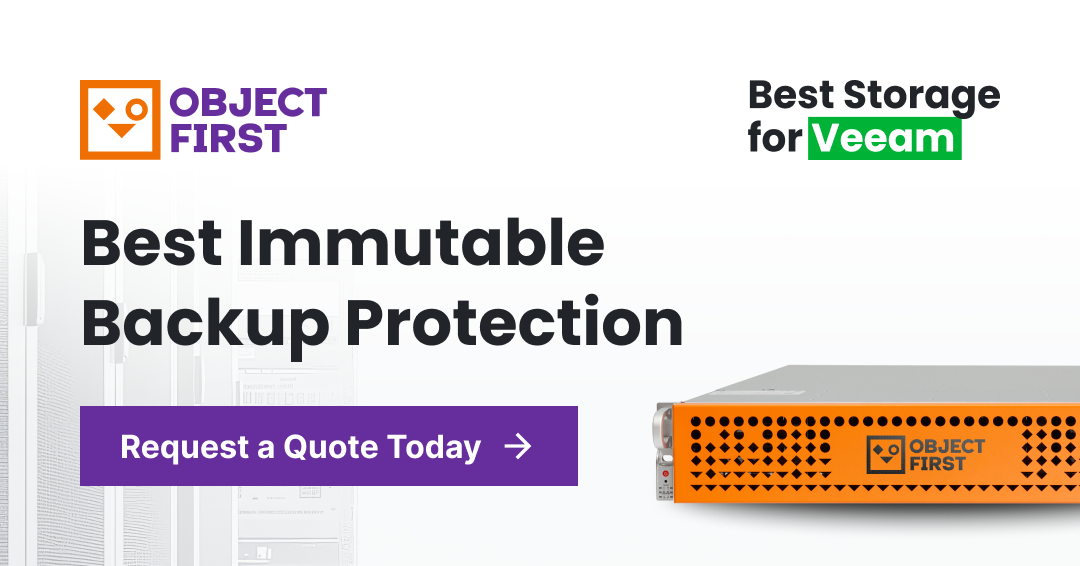What is Data Protection? Principles & Strategies Explained
Data protection is becoming more critical than ever as hackers continue to discover new and surprising attack vectors. For example, they can now guess with 95% accuracy what is being typed on a smartphone by analyzing vibrations on the screen.
Once criminals get hold of sensitive data, they encrypt it for ransom, leak it, sell it on the black market, or all of the above. Data protection remains the single most important guardrail against data-related incidents. This article discusses it in depth.
What is Data Protection?
Data protection is a process that safeguards data in an organization. It aims to uphold the CIA triad of information security: the confidentiality of data, its integrity, and availability.
In other words, data protection is a framework that prevents and mitigates:
unauthorized access to data;
tampering with, corrupting, or losing data;
cutting off access to data.
We can further divide data protection into three broad categories:
Traditional data protection relies on specific tools and methods to mitigate an incident after it has already happened. The tools and methods involved include backup and recovery, RAID, Erasure Coding, replication, archiving, and data retention.
Data security relies on specific tools and methods to prevent incidents before they happen. The tools and methods involved include encryption, threat monitoring, authentication, access control, breach access and recovery, and data loss prevention.
Data privacy involves specific protocols that ensure compliance with appropriate data regulation. The protocols include legislation, policies, best practices, 3rd party contracts, data governance, and global variations.
The Principles of Data Protection
Data protection principles state that data must always remain accessible to its users. Therefore, data availability is the cornerstone of data protection, followed closely by data lifecycle management and information lifecycle management.
Data availability entails implementing mechanisms that ensure users will continue to have access to their data even after a security incident.
Data lifecycle management entails creating and enforcing policies that determine how information is stored and processed from creation to deletion.
Information lifecycle management entails a similar process as above but is broader in scope and encompasses finer bits of information such as email addresses.
Top Data Protection Trends to Know
Data protection continuously adapts to the changing landscape of the industry, technology, and cybercrime. Object First closely monitors the emerging trends that might define data protection for years to come. Below are three we consider the most salient.
Ransomware protection. Ransomware is a malicious program that a hacker plants inside a system in order to encrypt it. Upon encryption, the system grinds to a halt because it can't read its own data. An alarmed administrator checks what's happening, only to find a ransom note demanding a hefty payment for decryption.
Ransomware is also becoming more aggressive. The World Economic Forum reports that ransomware incidence rose by 50% in the first half of 2023 compared to the previous year. The criminals target small and mid-size enterprises, attacking them faster and more efficiently. Preparations that took them 60 days in 2019 now take only four. AI will only shorten this interval, as ChatGPT turns into an infiltration tool in the hands of criminals.
Even conventional backups no longer protect companies against ransomware because hackers have learned their lesson and encrypt backups, too. To counter the threat of ransomware, businesses switched to immutable backups, where data is write protected against modification or deletion. In addition, organizations fortify immutable backups with extra security measures, such as access control or segmentation.Hyper-convergence. Before hyper-converged infrastructure appeared on the scene, businesses sourced their hardware and software from a single manufacturer for consistency and interoperability. Hyperconvergent infrastructure (HCI) gives them more flexibility. It is a virtualized environment that can consolidate storage, computing, and networking devices from various vendors under a single software layer for unified management and horizontal scaling.
Copy data management (CDM). Organizations create and copy so much data every day that they often struggle with tracking it, let alone with identifying and removing the redundant bits. One email with a 20 MB attachment forwarded a hundred times translates into 2 GBs of unnecessary space, and ninety-nine more chances for a bad actor to intercept it. Copy data management (CDM) is a particular type of software that was brought into existence to remedy this problem. It keeps track of changes in production data in a comparative process that automatically eliminates redundancies, saving storage space and reducing the risk of exfiltration.
Data Protection Strategy in 5 Stages
A data protection strategy helps organizations become more resilient to cyber threats. To be successful, the strategy should consist of the following five steps:
Audit. First, an organization takes stock of its data, mapping and classifying it by sensitivity.
Assess. Then, internal and external risks are evaluated. Internal risks include lax security measures, such as weak passwords or internal threats. External risks include various attack vectors, such as phishing or DDoS.
Define. Now, it's time to set risk tolerance for different sensitivity levels. Data protection is expensive, and not all data is created equal, so some types may need less protection than others.
Secure. Finally, security measures are implemented. They should strike the right balance between safety and convenience so as not to bother employees and include ransomware protection.
Comply. Last but not least, organizations are required by law to implement regulation-specific security measures or they might face fines. For example, failure to comply with the EU's GDPR may cost a company even 20 mln euros.
Data Protection vs. Data Security vs. Data Privacy
In this article, data protection is an umbrella term for a whole slew of methods used to ensure data confidentiality, integrity, and availability. These methods fall into three broad categories. We already discussed them above but will delineate them once again to avoid any confusion:
Data protection, in the traditional sense, is a safety net that allows for recovery and restoration in times of crisis.
Data security acts as a fortress that defends against unauthorized access and malicious attacks through such means as authentication and access control.
Data privacy is a set of practices that govern data collection, sharing, and storage to keep it from falling into the wrong hands.
For a detailed dive into the differences between data protection, security, and privacy, refer to our excellent guide, The Importance of Data Security in Today's Cyber Threat Landscape.
Data Protection with Ootbi
Ootbi by Object First combines traditional data protection and data security in one simple device that strengthens an organization's security posture.
From the point of view of traditional data protection, Ootbi serves as a target storage appliance, complete with backup and recovery capabilities and RAID.
Looking through the lens of data security, Ootbi leverages immutability, zero access to root, and resilience zones to stop bad actors from compromising data.
As backup storage for Veeam made by Veeam founders, Ootbi ensures unbeatable data protection and superb user experience optimized both hardware and software-wise for Veeam Backup & Replication V12.
FAQ
What are data protection regulations?
Data protection regulations require organizations to place security measures around the personal data they're processing. Data protection regulations can be country-specific, like the CCPA in the US, or international, like the EU's General Data Protection Regulation (GDPR). Failure to comply may result in reputational damage or financial consequences, such as fines.
What is mobile data protection?
Data protection on mobile devices presents two main challenges. For one, cell phones aren't always connected to the web, which may disrupt the backup process. For another, personal data must remain stored on the device for legal and security reasons, further complicating its backup.
Selective file sync-and-share makes it possible to partially circumvent these limitations. In this method, users' data gets routinely synchronized with a public cloud repository to the extent allowed by connectivity and law. The synchronization occurs in the background so users can access their devices throughout the process.
What is an example of data protection?
An example of data protection is access control, which can prevent ransomware. A ransomware attack succeeds once unauthorized actors, in this case criminals, penetrate a restricted database, for instance, one with medical or financial records. Data protection, specifically the subtype of data privacy, ensures they can't. Various methods, such as encryption or password and biometric authentication, can be deployed to that end.


